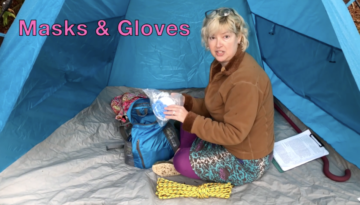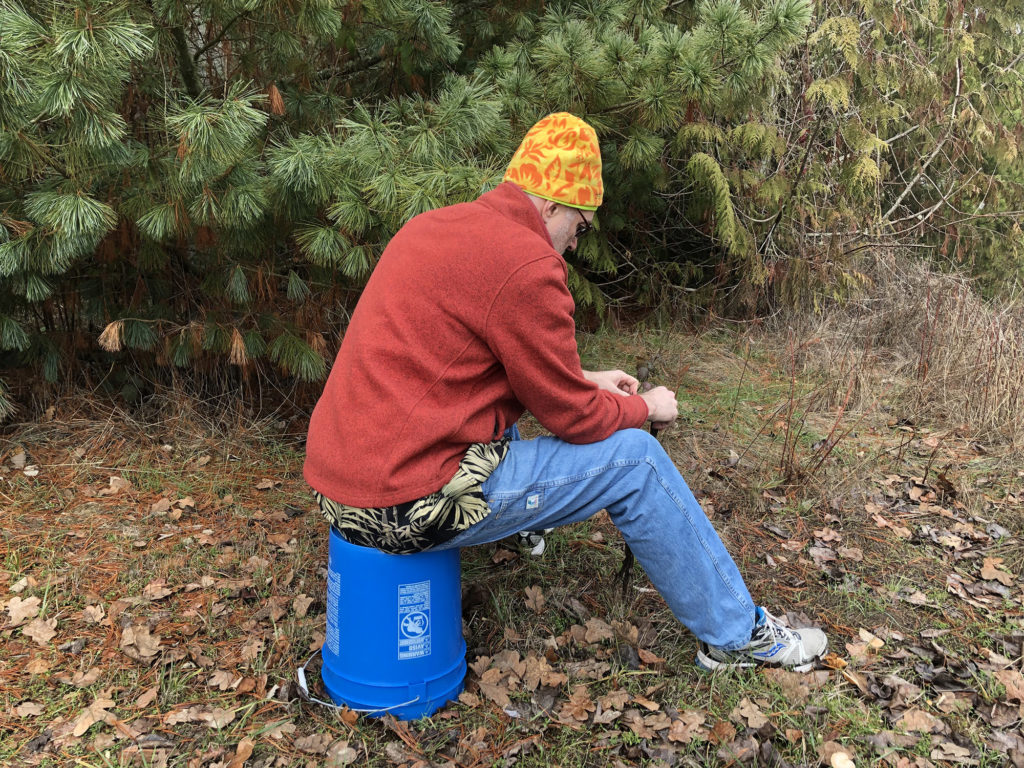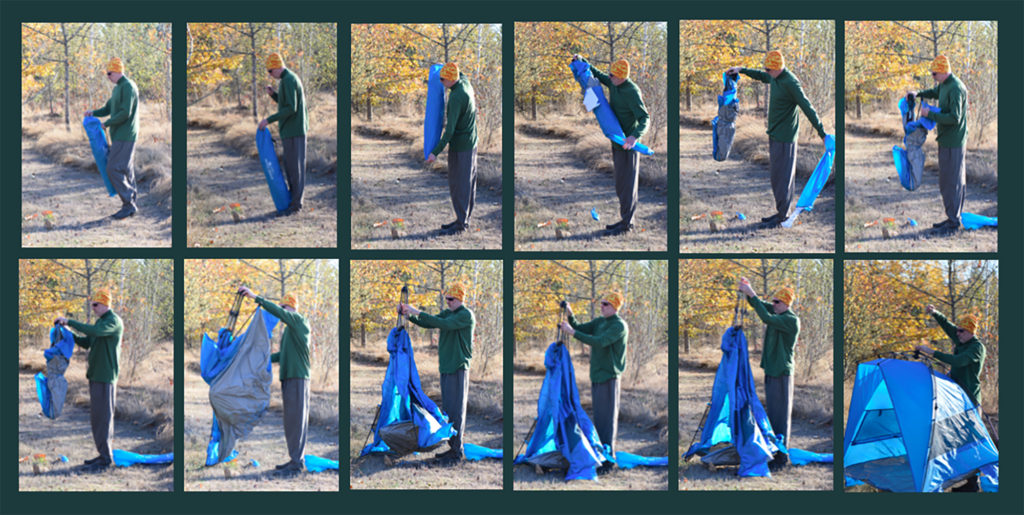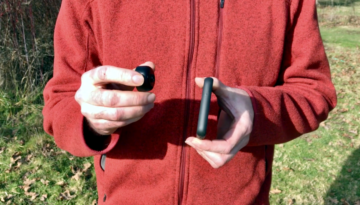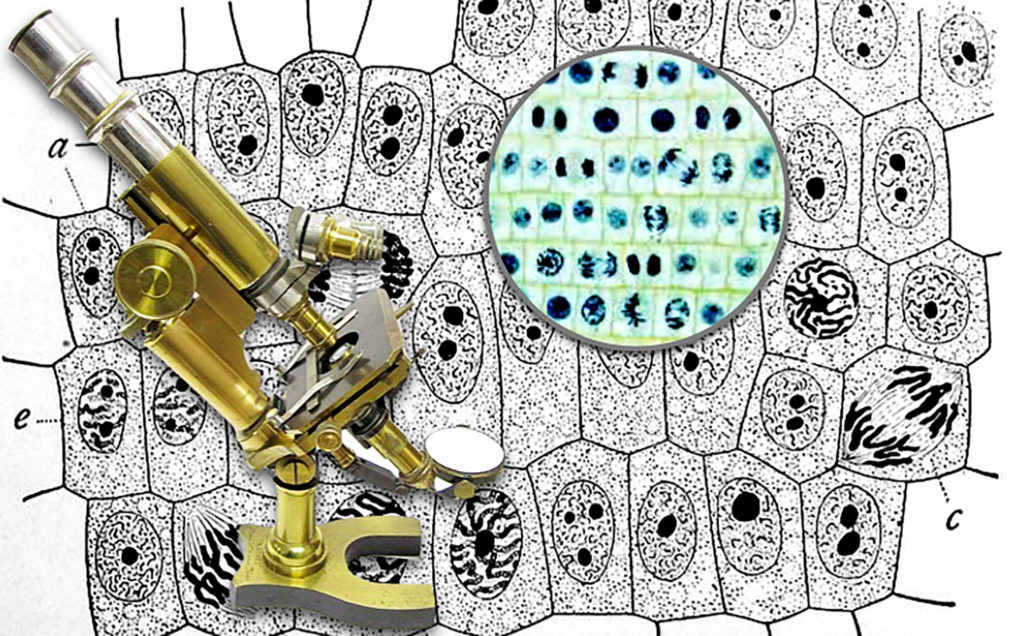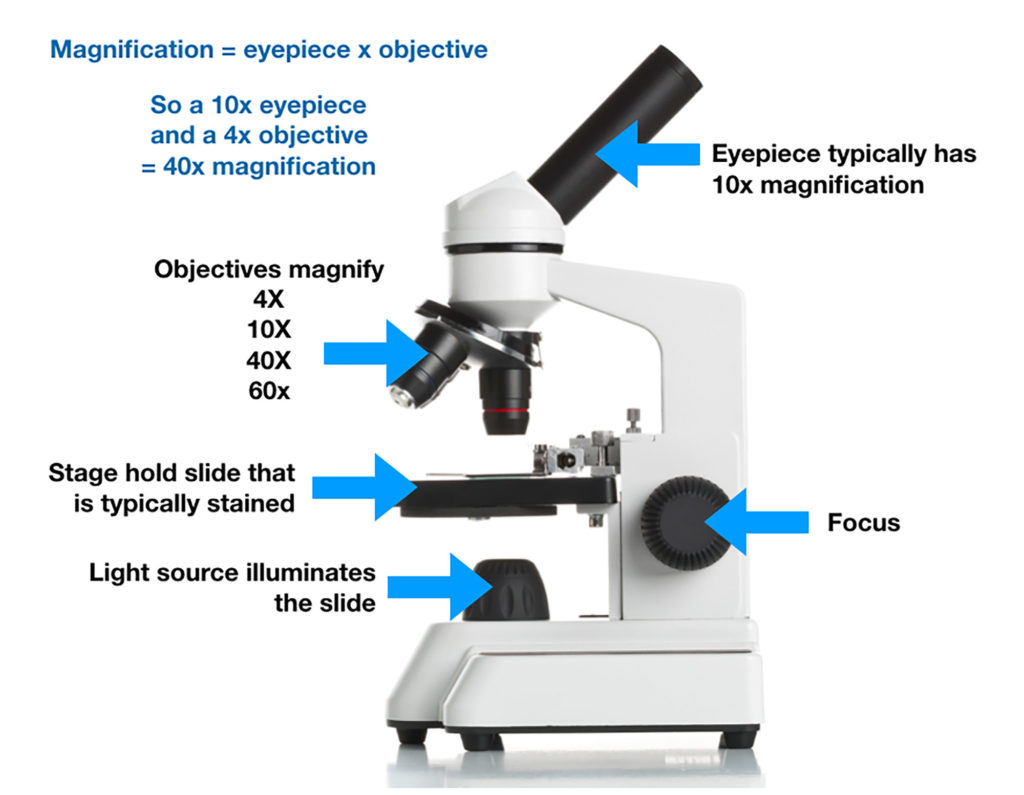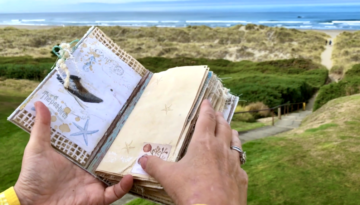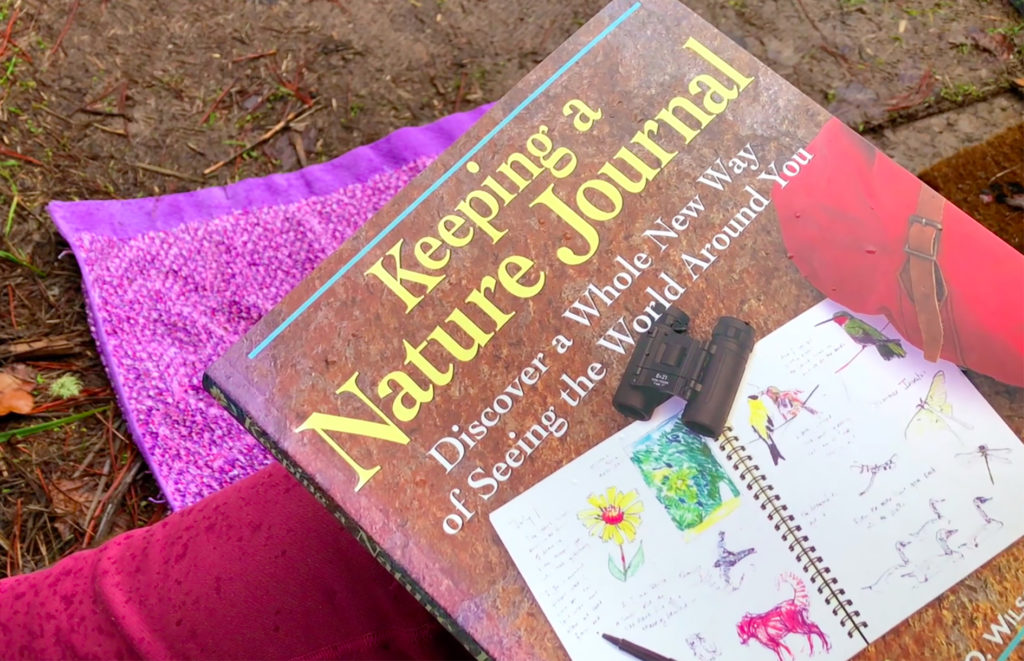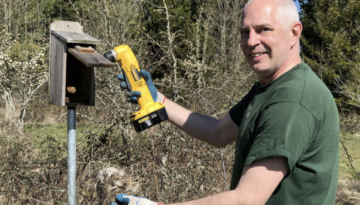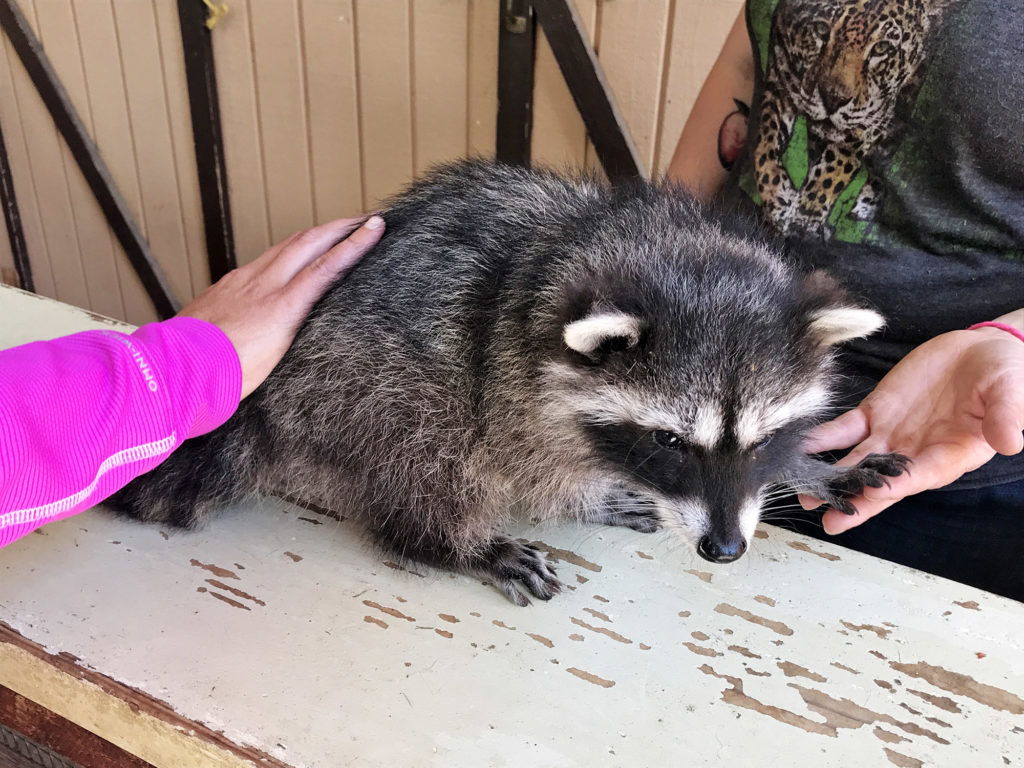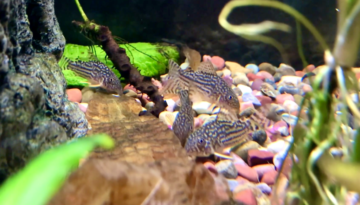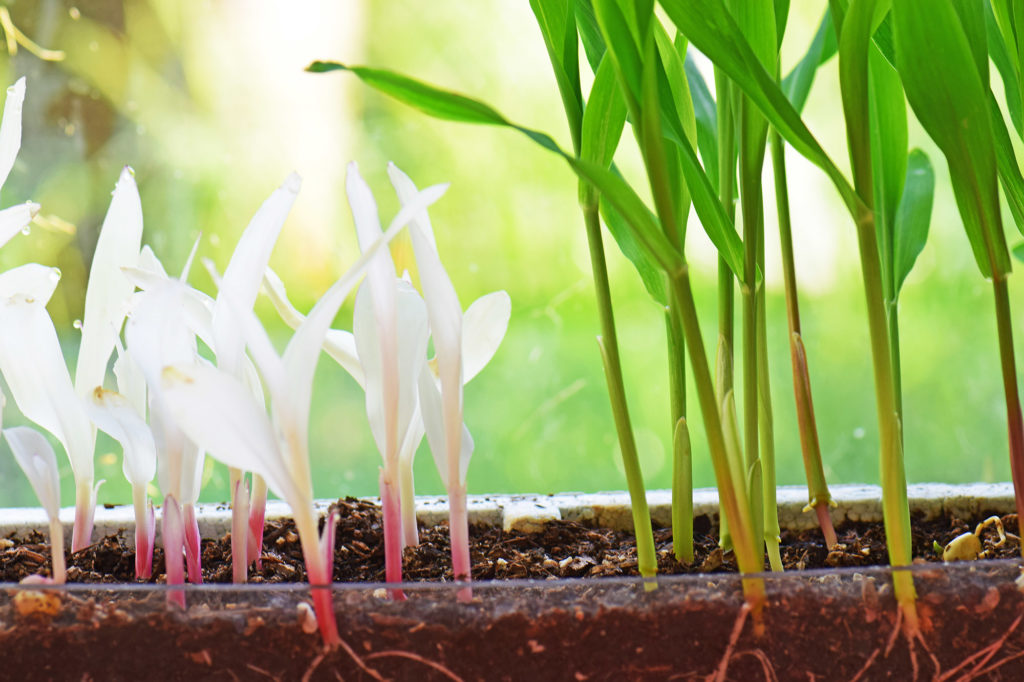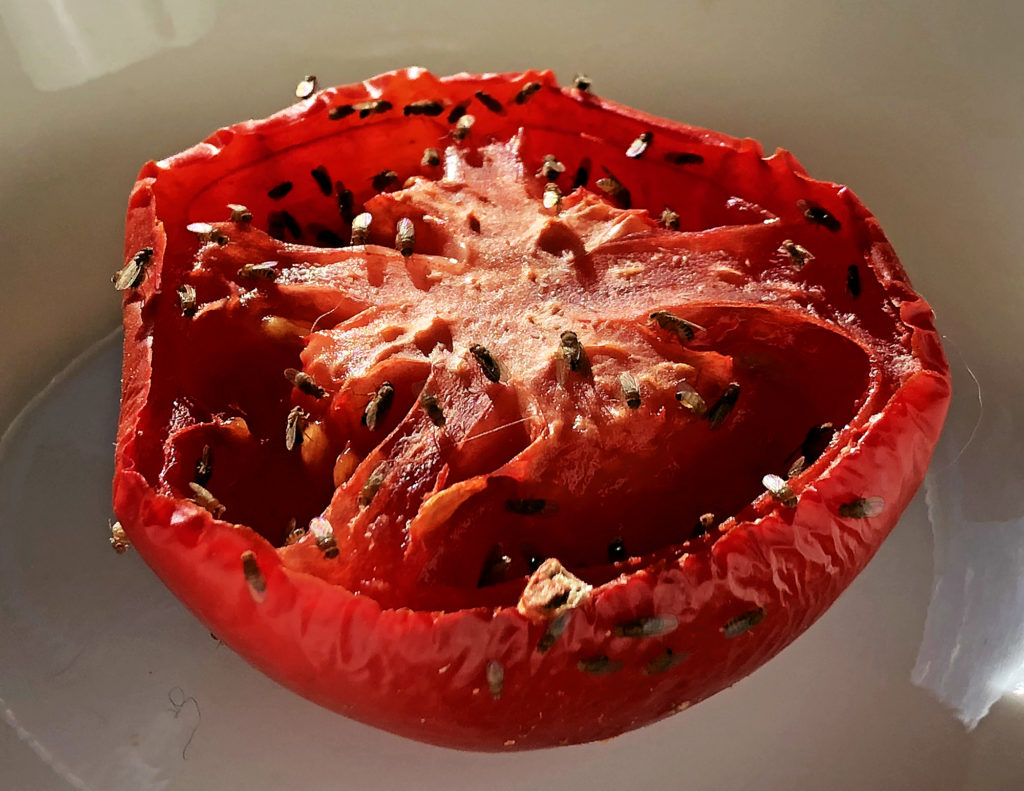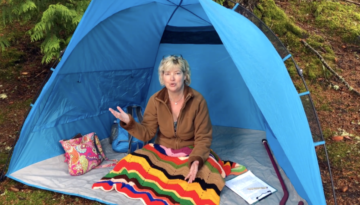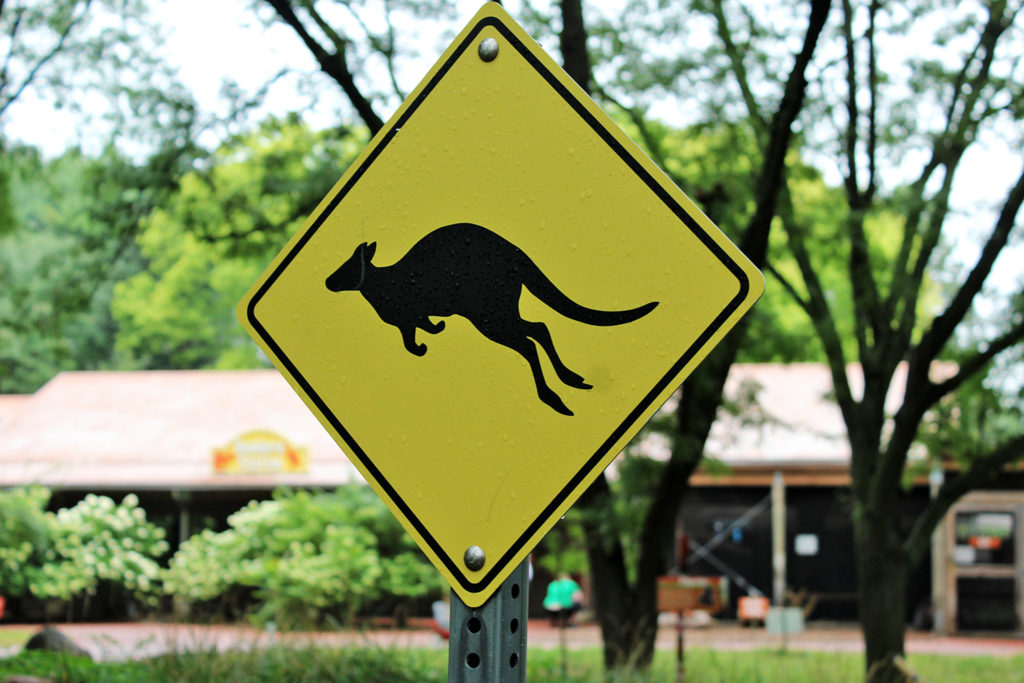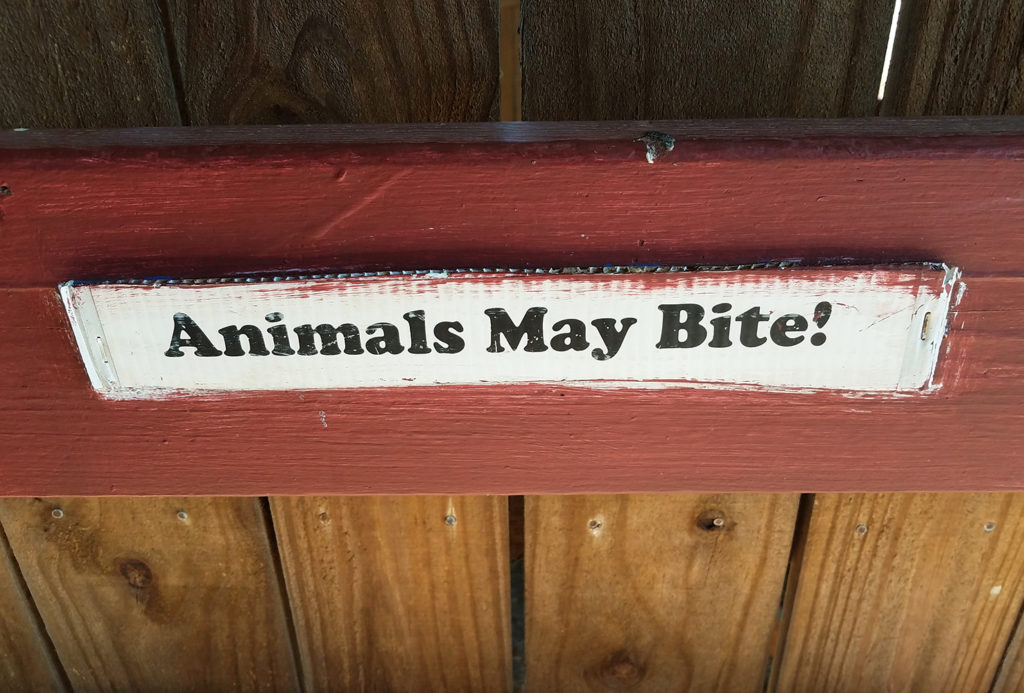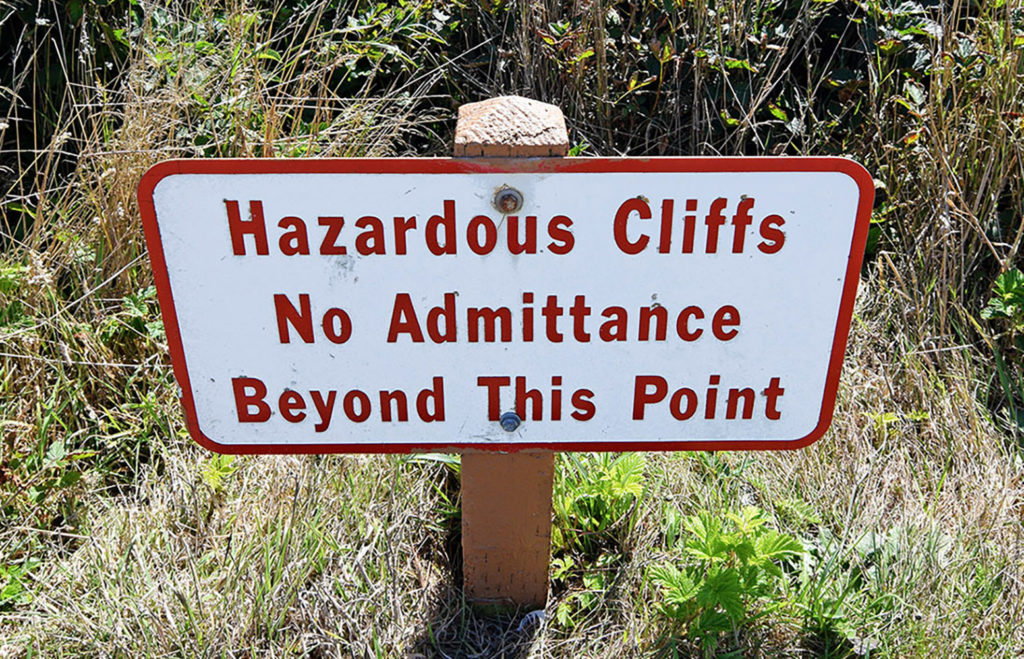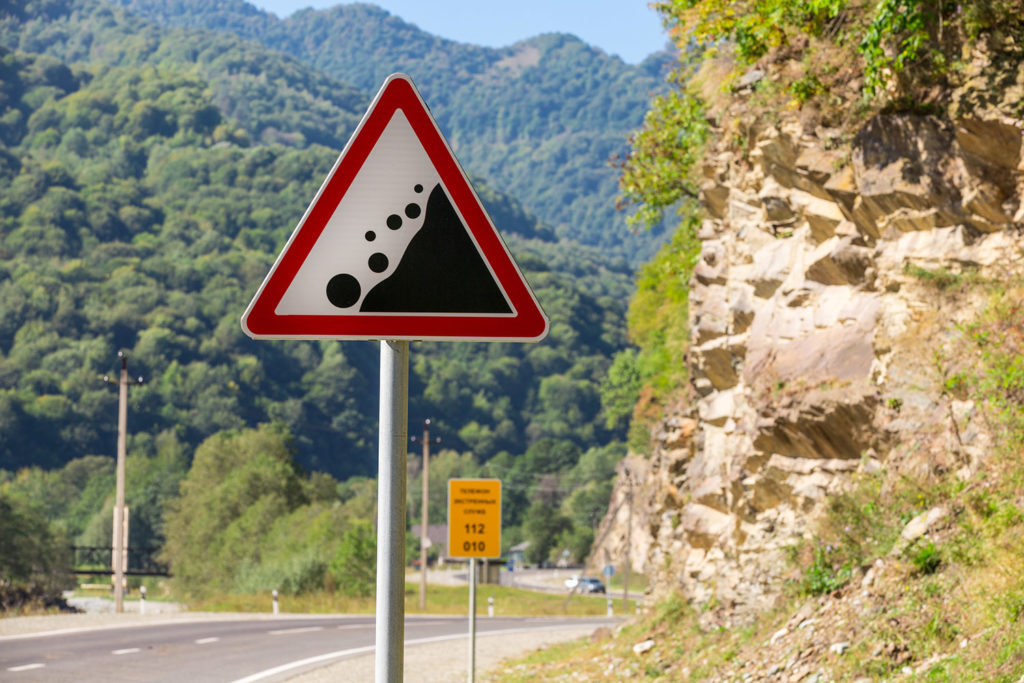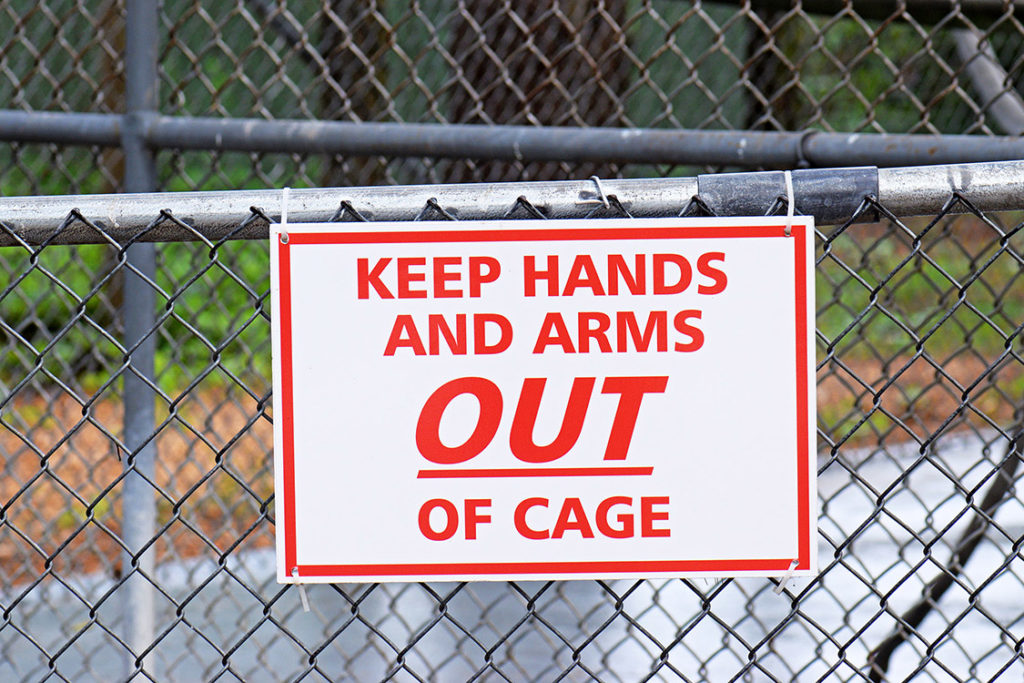Safety
Before any field explorations or laboratory work,
safety comes first.
We will be looking at safety for different tasks in varied environments.
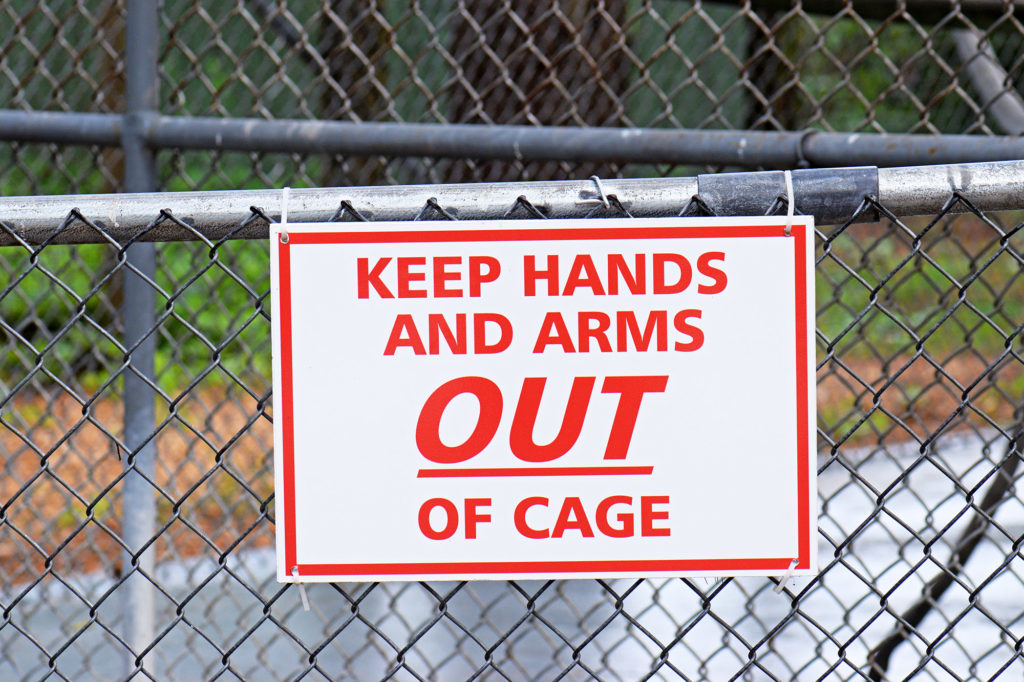
Safety has two basic components: preventing incidents from occurring and responding effectively. A way to prevent incidents is to develop a safety checklist.
Include in your safety checklist:
-
Safety procedures for both the laboratory (indoors) and field (outdoors).
-
Personalized procedures for your location and equipment available. For example, if you use electrical equipment near water in your bathroom, that probably needs a line in your checklist.
This is Lesley’s checklist. Some of the things are personal based on past experiences.
You can adopt any procedures/ideas that seem appropriate for your use. You are designing a checklist for your own locations, situations, and personal behaviors.
Your safety checklist can have headers, or a different organization. Whatever makes it most effective for use.
- Avoid potentially hazardous situations, even if it means missing a photo or video opportunity.
- Consider the safety of other people and animals at all times, especially our cats.
- Clean up work spaces, don’t leave any potentially dangerous materials behind.
- Communicate any safety concerns to Mark or whoever else may be involved.
- Follow safety directions on signs, in activities, and on product labels.
- Carry a safety kit everywhere, all the time.
- Wasp sting? Immediately take benadryl and prednisone. Epipen if necessary.
- Seek medical assistance if at all unsure about treatment.
- Wear gloves when needed; wash hands frequently.
- Wear a mask, especially while working around potential rodent feces.
- Wear protective footwear and clothing, including sun hats and long sleeves.
- Watch loose hair and clothing around animals, chemicals, and flames.
- Wear safety goggles or other protective eyewear when working with chemicals or walking along trails with low-lying branches.
- Take breaks, avoid over-exertion and use cane even if feeling great.
- Avoid “playing” with animals to reduce chance of unintentional injury (to me and/or the animals).
- It should be obvious, but don’t taste or smell without care to reduce hazard.
- Don’t eat or drink around chemicals, animals, or waste products.
- Add new safety procedures when needed.

